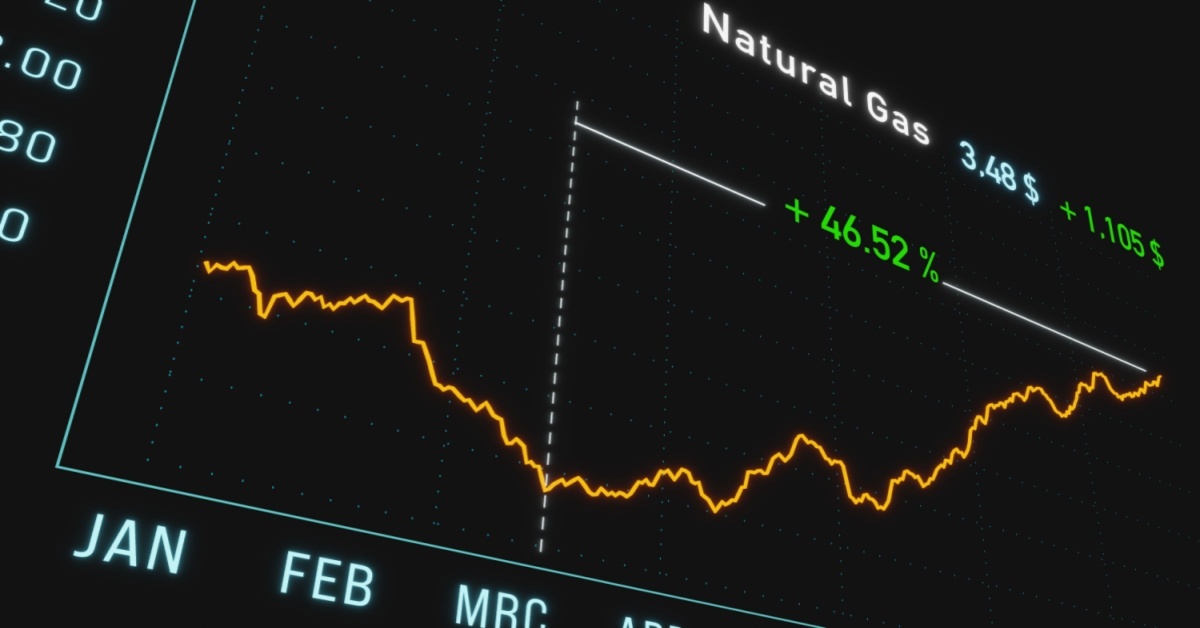
Why now’s the time to rethink your energy procurement strategy
Market conditions have changed, and your approach should too
If you're holding off taking action on your energy procurement strategy, now is the time to rethink.
While prices have dropped since the 2022 energy crisis, the market remains highly volatile. Businesses that take proactive steps today can lock in long-term value, reduce risk, and protect themselves from future price shocks.
To act with confidence, it’s important to understand the risks and opportunities shaping the energy landscape right now, and what they mean for your strategy.
Understanding energy market volatility
In recent months, short-term gas and power prices have surged by as much as 20% within just a few days. These sudden spikes reflect continued market instability, similar to what we experienced during the energy crisis in 2022. But unlike that period, today’s volatility is not driven by a single major event. It’s a mix of global pressures, including:
-
Ongoing geopolitical tensions
-
The introduction of new international trade tariffs
-
Delays to major global gas infrastructure projects
This unpredictability makes it more important than ever to take a well-informed, flexible approach to your energy procurement strategy.
Backwardation offers a key hedging opportunity
UK energy markets are currently experiencing backwardation. This means forward prices for gas and electricity are lower than today’s prices. For businesses, this presents a valuable opportunity to secure long-term contracts at more favourable rates.
One reason for this market condition is the expected increase in global liquefied natural gas (LNG) supply. More than 300 million tonnes of LNG capacity is planned to be added by 2030. However, delays are common. For example, the Golden Pass terminal, a major LNG export facility in the United States, experienced setbacks in 2024, triggering noticeable price spikes. This highlighted the risk of relying on future supply being delivered as planned.
Acting before further disruptions occur allows your business to take advantage of lower rates and reduce future risk.
Seasonal risk adds urgency
As the UK and European markets approach winter, colder temperatures are expected to drive up demand for gas and electricity. If this coincides with significant storage withdrawals or supply issues, prices could spike once again.
This is particularly relevant for Europe, where supply and demand are tightly balanced. According to Reuters, recent changes to European Union gas storage regulations could raise summer procurement costs and limit flexibility later in the year.
Why gas still matters for UK businesses
Despite progress in renewable energy, gas remains the dominant factor in setting UK electricity prices. Recent data reported by the Financial Times shows that gas determines power prices about 98% of the time.
Even with green supply contracts or net zero goals, your costs are still influenced by the global gas market. That’s why understanding and managing your exposure is essential.
Long-term energy demand is rising
Looking ahead, energy demand is expected to continue growing, driven by:
-
The push for electrification as part of the UK’s net-zero commitments
-
The rapid growth of data centres and artificial intelligence (AI) technologies
-
Increased commercial and industrial energy needs
In the United States, for example, Developers are rapidly increasing gas-fired power plant construction to meet rising demand. As Reuters reports, this trend is already placing pressure on global supply chains and construction timelines. These developments are likely to affect energy markets worldwide, including the UK.
What’s the opportunity for businesses?
Right now, businesses have a rare opportunity to secure gas and electricity contracts at significantly lower prices than previously forecast.
-
Electricity: between £65 and £85 per megawatt-hour (MWh)
-
Gas: between 65 and 90 pence per therm (p/th)
These rates are well below the crisis-era expectations of £100/MWh and 100p/th predicted to last until 2030. By acting now, your business can lock in value and shield itself from future price volatility.
Recommended energy procurement strategies
For flexible energy contracts
If your business operates on a flexible contract, consider adopting a phased purchasing approach. Locking in smaller volumes early, with the option to increase coverage when market conditions improve, helps manage risk. Extending your procurement strategy to cover the period through to 2030 can also provide long-term cost stability.
For fixed energy contracts
If you're using a fixed-price contract, securing your next agreement early allows you to lock in today’s lower prices. This reduces your exposure to future volatility and supports more accurate financial planning.
Take action now
If you're holding off taking action, now is the time to rethink.
Download our essential guide to risk management and get ahead of market volatility before prices move again.
Need help putting it into action?
We’re here to help you put it into action. From fixed to flexible contracts, our experts will work with you to build a smart, future-ready energy procurement strategy that cuts costs, manages risk, and unlocks long-term value for your business. Get in touch to explore how we can support.